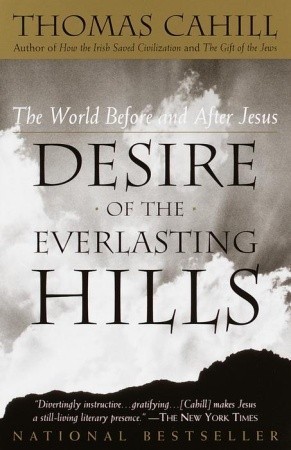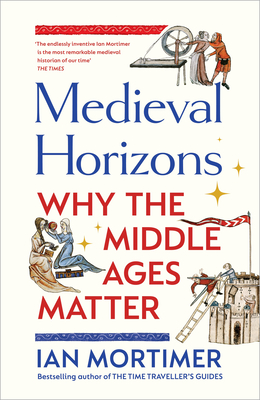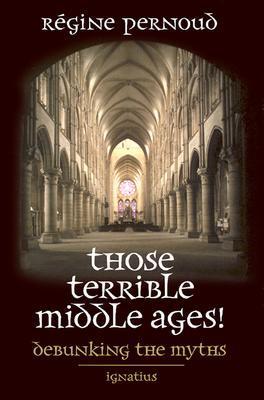
Mysteries of the Middle Ages: The Rise of Feminism, Science and Art from the Cults of Catholic Europe
Book Description
Shatter the silence of the Medieval era and discover the unsung revolutionaries who dared to defy a world dominated by darkness and dogma. In 'Mysteries of the Middle Ages,' Thomas Cahill unveils a breathtaking tapestry where the seeds of feminism take root, science ignites curiosity, and art bursts forth with vibrant creativity amidst the oppressive shadows of Catholic Europe. From fierce women breaking societal chains to visionary thinkers challenging age-old beliefs, this gripping narrative reveals how a transformative age sparked a legacy that echoes through time. What if the true story of the Middle Ages was one of unimaginable resilience and radical change?
Quick Book Summary
"Mysteries of the Middle Ages" by Thomas Cahill challenges the common notion that the medieval period was an age of darkness and ignorance. Instead, Cahill uncovers a vibrant era marked by shifting attitudes, intellectual curiosity, and creative breakthroughs within the very heart of Catholic Europe. He explores how courageous women, innovative scholars, and visionary artists defied social and religious conventions, nurturing the roots of modern feminism, science, and art. Through engaging portraits of individuals like Hildegard of Bingen, Abelard, and Thomas Aquinas, the book illuminates a time of radical transformation, showing how the intellectual ferment and cultural achievements of the Middle Ages set the stage for the blossoming of the Renaissance and the modern world.
Summary of Key Ideas
Table of Contents
The Seeds of Feminism in Medieval Society
The narrative opens by dispelling the myth of the Middle Ages as a stagnant period, emphasizing how this era was a crucible for ideas that would later surge into Renaissance brilliance. Cahill highlights the European continent as a patchwork of feudal societies deeply influenced by the Catholic Church. Yet, within its labyrinths emerged remarkable individuals and movements daring to question, alter social norms, and contribute to intellectual progress, laying groundwork for later revolutions in thought and culture.
The Flourishing of Science Amid Faith
Women occupy a surprising central role in Cahill’s account. Figures like Hildegard of Bingen and Eleanor of Aquitaine are brought to life, their stories revealing burgeoning elements of feminism long before it became a modern concept. These women navigated and sometimes subverted the patriarchal systems, excelling in fields such as theology, music, governance, and medicine. Their accomplishments illustrated the potential for female agency, inspiring a slow but irreversible expansion of women's roles in European society.
The Church as Both Restrictor and Incubator
Medieval Europe was an arena for the first sparks of scientific inquiry within a world still governed by religious doctrine. Cahill describes how figures such as Peter Abelard and Roger Bacon ignited a spirit of questioning that was at times suppressed but often nurtured within monastic schools and universities. Their embrace of classical learning and empirical observation paved the way for developments in philosophy, medicine, and the natural sciences, demonstrating the Church’s complex role as both an impediment to and catalyst for intellectual advancement.
The Birth of Artistic Expression
Art, too, flourished in unexpected ways. Cahill details the birth of innovative styles in cathedral architecture, stained glass, and illuminated manuscripts, mirroring a growing humanist spirit. Artists, artisans, and thinkers infused their works with sublime beauty and deeper meaning, helping to transform religious expression and elevate the status of creativity and individuality. These cultural innovations would leave a lasting mark on Western art and identity.
Individuals Who Changed the Medieval World
Throughout the book, Cahill ties these themes together through vivid portraits of key individuals who defied the norms of their time. Whether through advocating for reason over dogma, challenging gender roles, or creating lasting artistic legacies, these figures embodied the tensions and possibilities of the medieval world. Their stories reveal that the Middle Ages were not an age of silence, but a setting for the birth of ideas and ideals that continue to shape modern civilization.
Download This Summary
Get a free PDF of this summary instantly — no email required.





